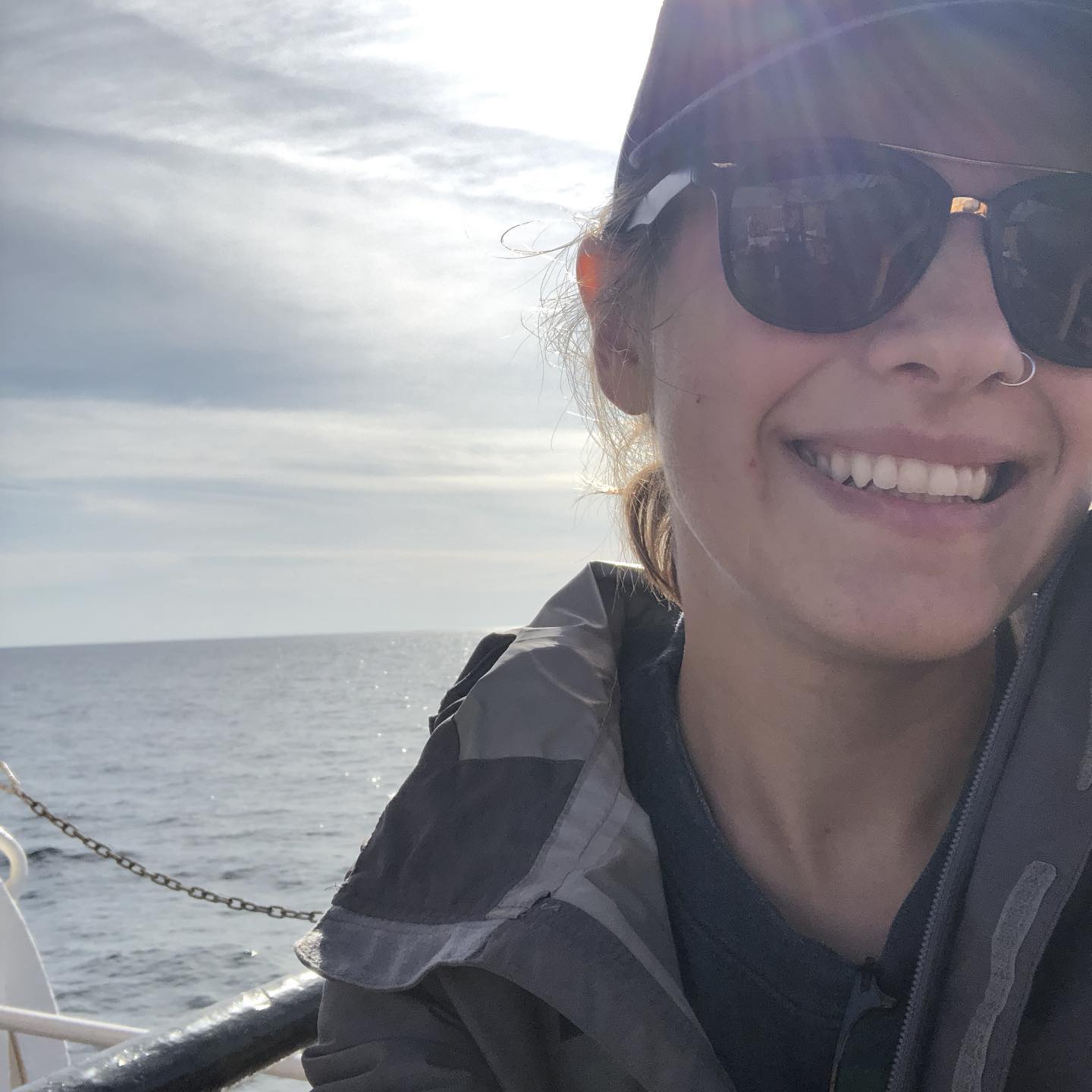Spatiotemporal patterns of demersal elasmobranch bycatch in Canadian Atlantic trawling fisheries
My Master’s research involves using novel geostatistical tools to estimate the exploitation rate of skates and rays over space and time in Canadian trawling fisheries. In collaboration with researchers in Dalhousie’s Department of Mathematics and Statistics, we will build a spatiotemporal hierarchical model from fisheries observer data to evaluate and predict patterns of bycatch of skate and ray species over space and time in the Canadian Atlantic. Using this model I aim to overlay indices of fishing effort over space and time from trawling vessel tracks acquired from satellite Automatic Identification System (S-AIS) readings. Upon combining bycatch estimates with fishing effort indices, the goal of this project is to extract a spatiotemporally dynamic rate of exploitation for demersal elasmobranchs across the Canadian Atlantic to aid in investigating conservation concerns of Atlantic skates and rays.
The Canadian government has put forward a mandate to protect 10% of it’s national waters by 2020, a push which has led to several areas of interest in the Atlantic region being considered for marine protected area (MPA) designation. The overarching goal of this project is to develop methods to support dynamic management strategies to complement MPA’s as a conservation tool. This research is funded through the Ocean Frontiers Institute, and is made possible through partnerships between the Worm Lab, DFO, and Global Fishing Watch.

PRINCIPAL INVESTIGATOR
Isabelle Jubinville
Masters Student, Dalhousie University
Email: izzyjubinville@dal.ca
Phone: +1 902 494 2478 (office)
SUPERVISOR
Dr. Boris Worm (Dalhousie University) Canada
TYPE/STATUS OF PROJECT
Scientific research (In progress)